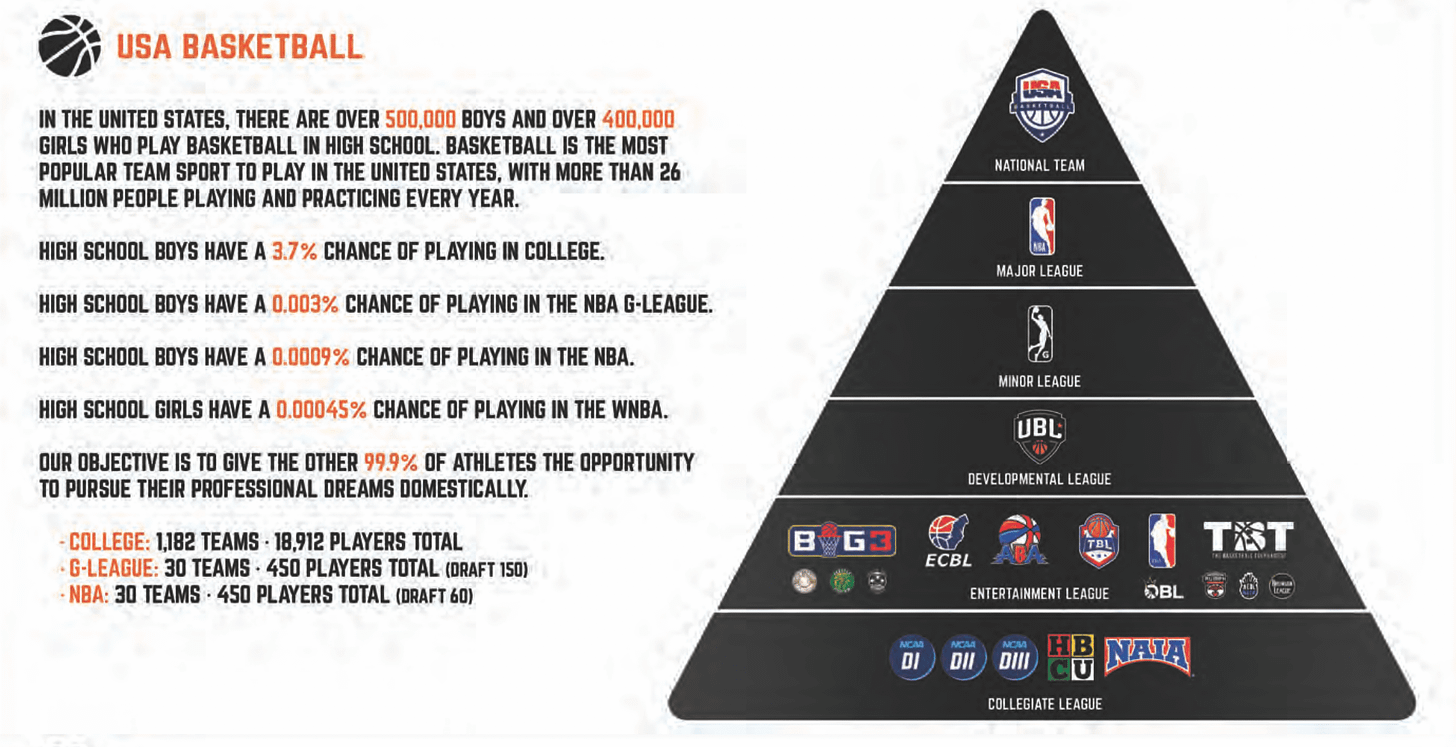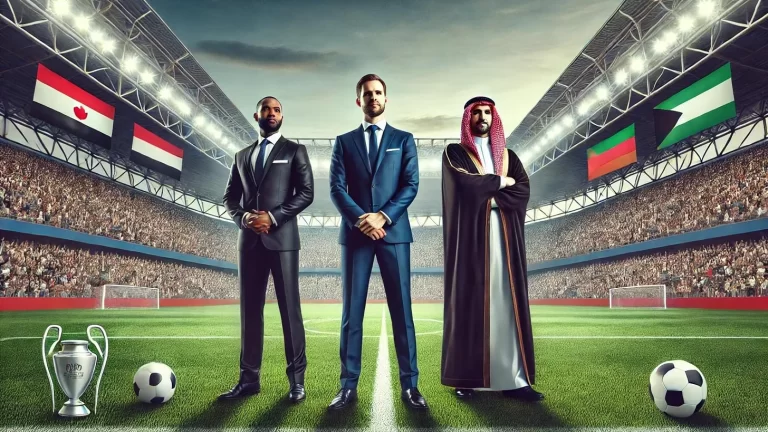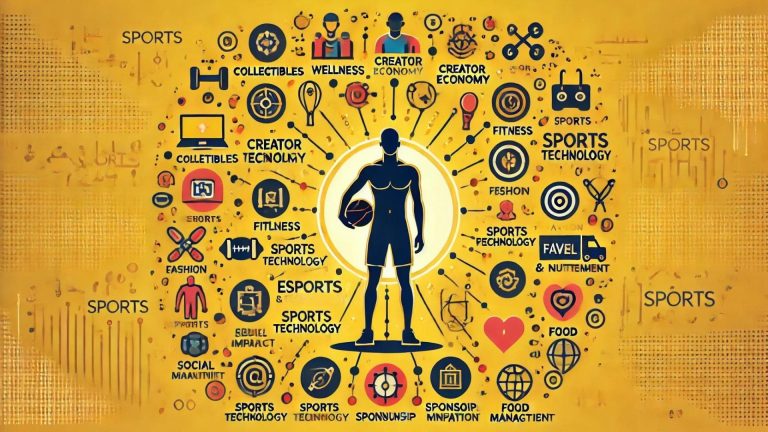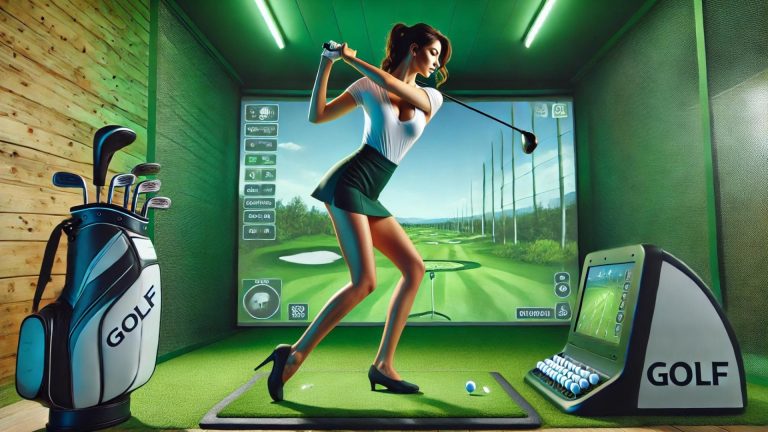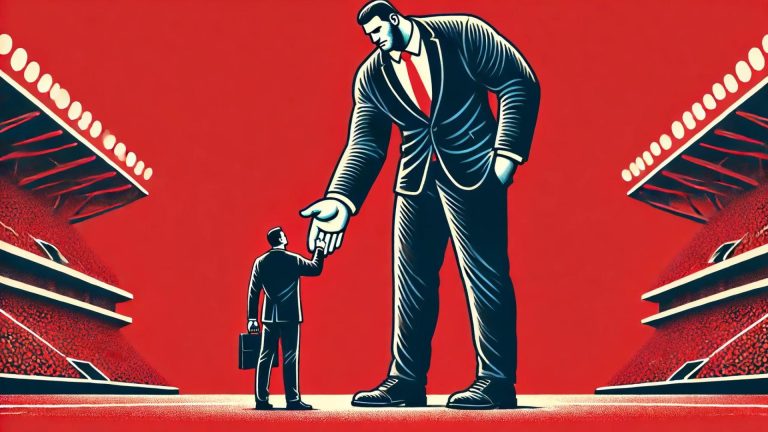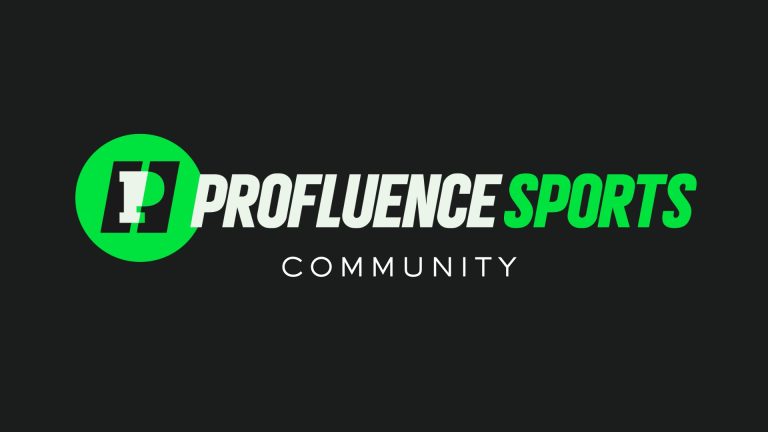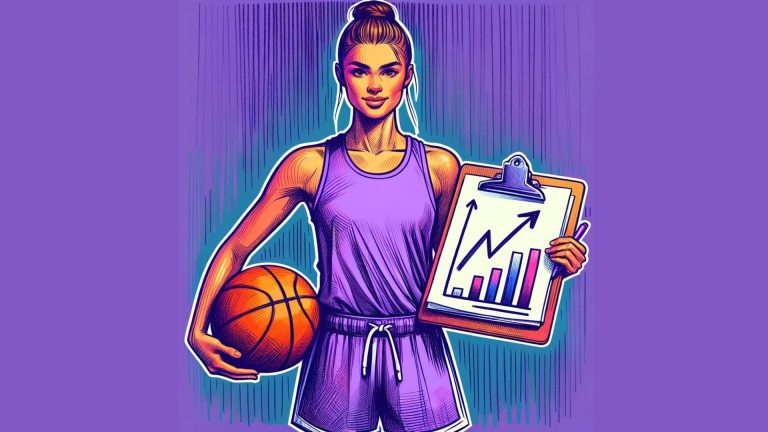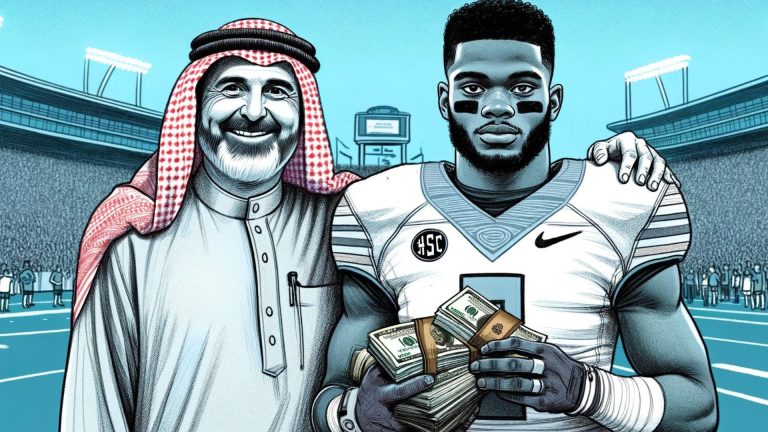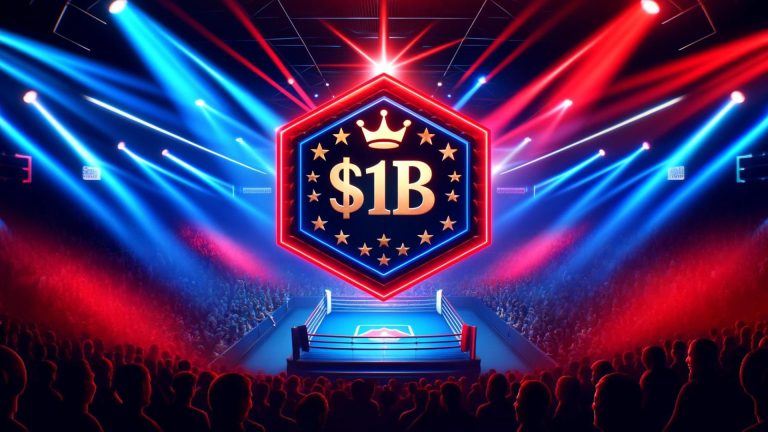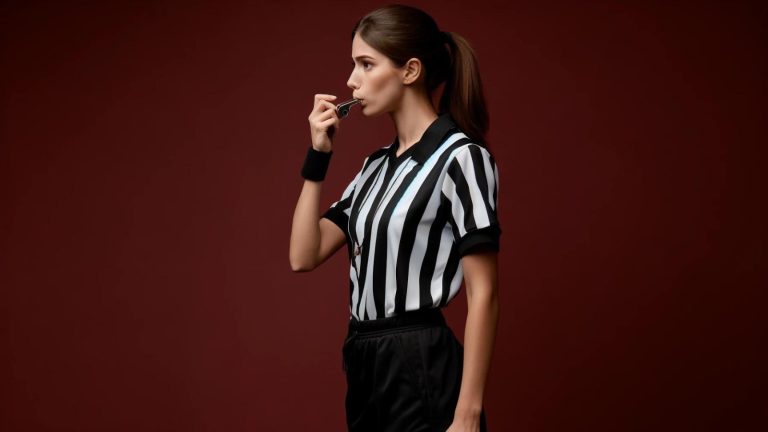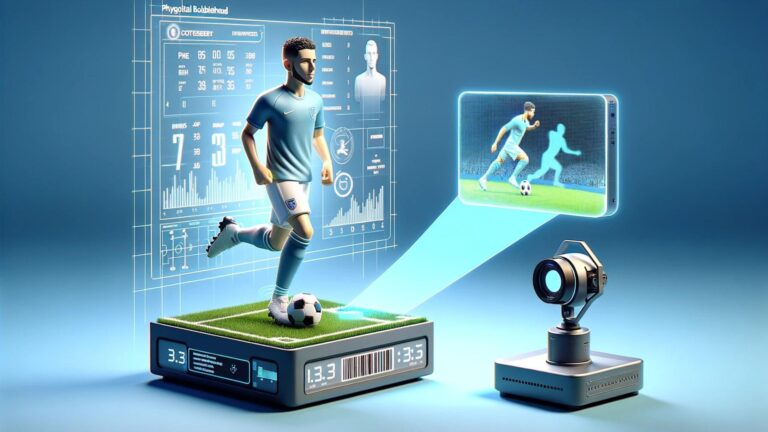During all-star weekend, NBA commissioner Adam Silver released a very interesting statement regarding G-league Team Ignite.
Take a few seconds to read this:
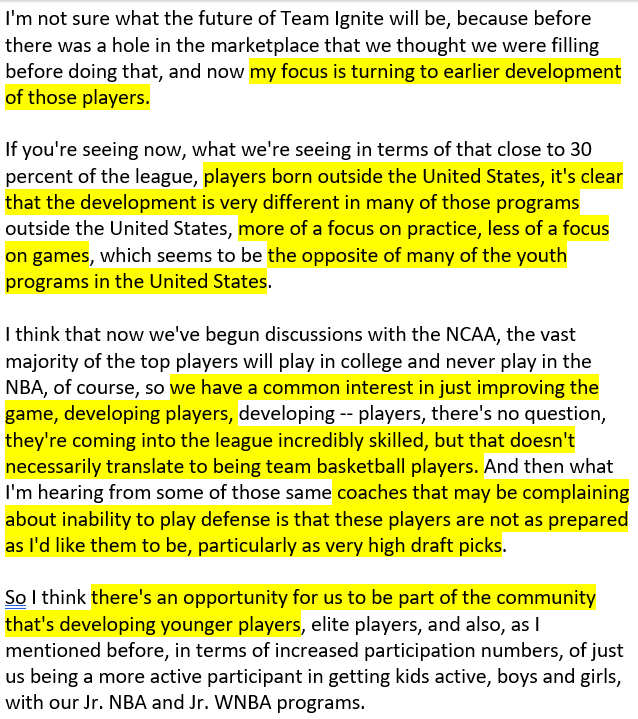
Is Adam Silver thinking of…
- removing Team Ignite?
- developing an NBA Academy-type program in the US?
Let’s Dive In 👇
Rise and Fall of Alternative Hoop Products
Like all industries, sports are subject to phases of fragmentation and then consolidation.
Before landing on where we’re at today, I think it’s important to take a quick look back at how we got here…
NBA Competitor History
The NBA was founded in 1946 by owners of the major ice hockey arenas (originally called the Basketball Association of America).
Although there had been earlier attempts at professional basketball leagues, the NBA was the first league to play primarily in large arenas in major cities.
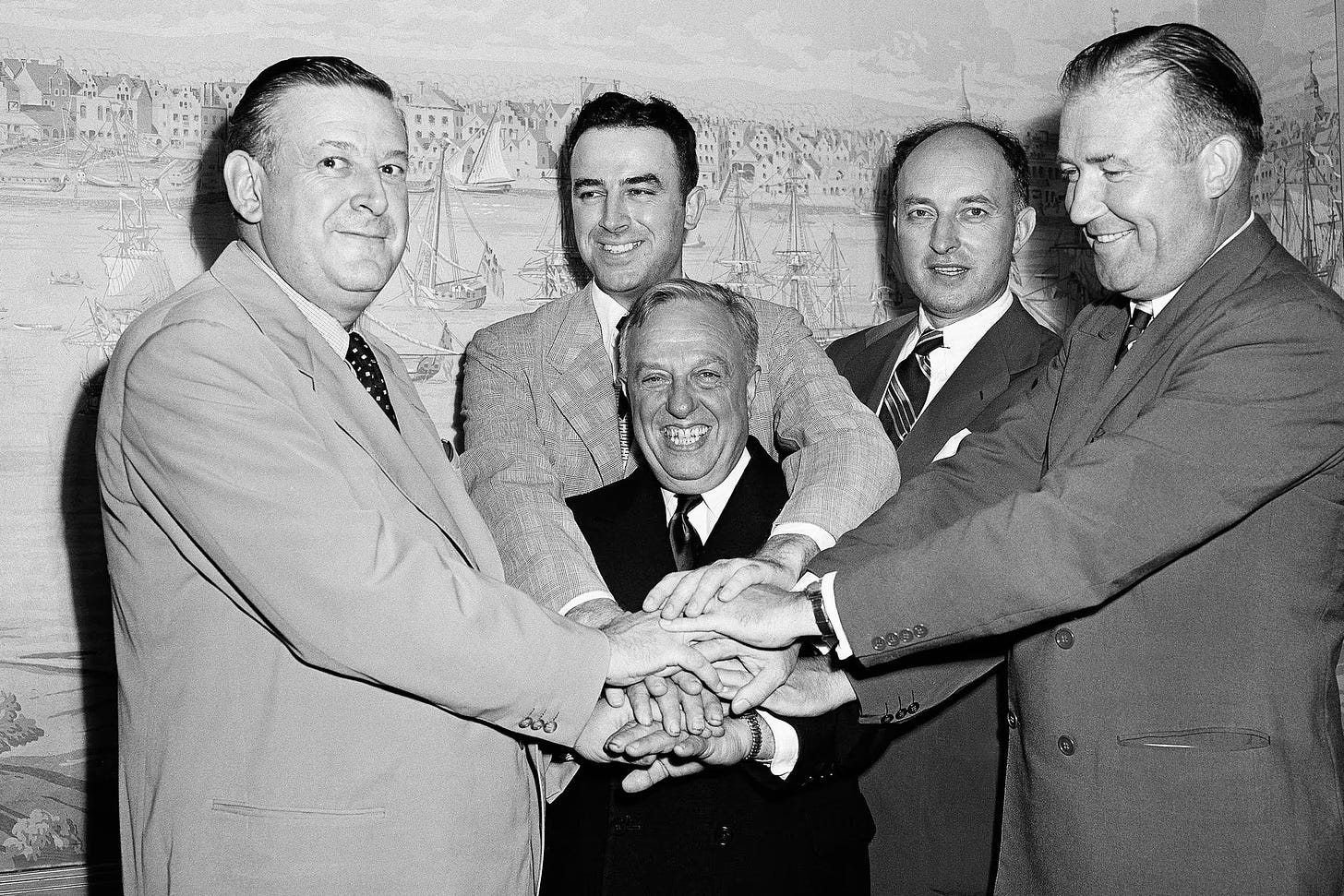
During its early years, the quality of play in the NBA was not significantly better than in competing leagues (or even among independent clubs such as the Harlem Globetrotters).
In 1967, the NBA faced an external threat with the formation of the American Basketball Association (ABA). The leagues engaged in a bidding war.
The ABA found decent success by:
- focusing on smaller market cities
- paying higher salaries to star players
- allowing teams to sign college undergraduates
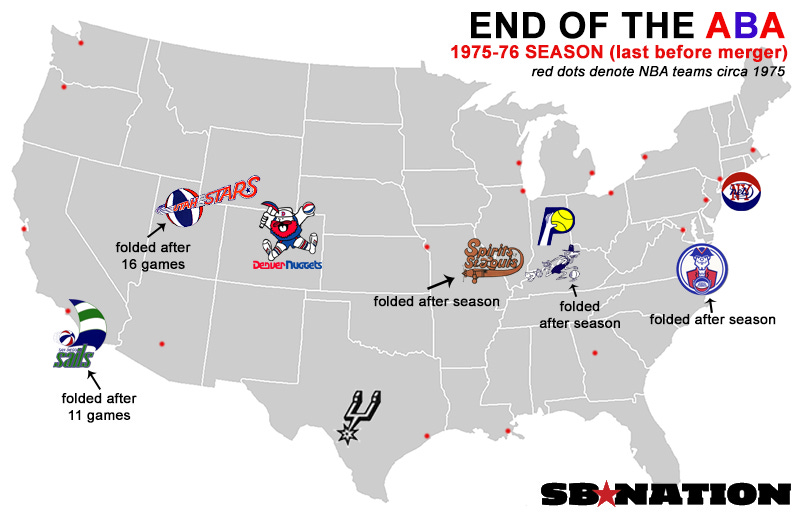
The ABA rivaled the NBA for several years but eventually merged in 1976.
Since this merger, the NBA’s biggest competitor has been itself — obtaining essentially monopoly status.
Alternative Hoops Products
In 2001, the NBA created its first league outside of the traditional 30 teams — the National Basketball Development League (now called the G League).
Macro trends in technology/media have created some of the first ancillary competitors to the NBA over the last few years.
Noteworthy thoughts from the pyramid (top to bottom):
- National Team: USA came in 4th place for the 2023 FIFA World Cup and hasn’t won since 2014
- Major League: The NBA exists without a core competitor, nearly 30% of NBA players are now born outside the US
- Minor League: The G-League is far from the 2nd best league in the world
- Developmental League: Not a robust club/developmental structure in the US, Overtime Elite and the UBL are new to the basketball scene
- Entertainment League: In terms of taking away eyeballs, the Big 3 and TBT have emerged taking advantage of short-form content
- Collegiate League: NIL will keep certain players in the college system for longer but it’s not too much of a threat because NBA money is still far greater
- Prep/HS: An overlooked area is the prep school system which develops many college-bound players. I could see the NBA have an interest here.
- Youth: With the Jr. NBA and WNBA programs…could we see a club system set up similar to how it works in Europe with soccer?
The bottom line is this…
With every TikTok, traditional linear-media-built leagues are losing leverage.
NBA Commissioner Adam Silver understands this (and that adjustments need to happen from the bottom up).
Looking Ahead
Traditional leagues (NBA, MLB, NHL, NFL) have created a monopoly for themselves as the top players have nowhere else to go.
Although in golf (and soon in tennis) we’ve seen that “sports monopolies” aren’t as strong as once believed…
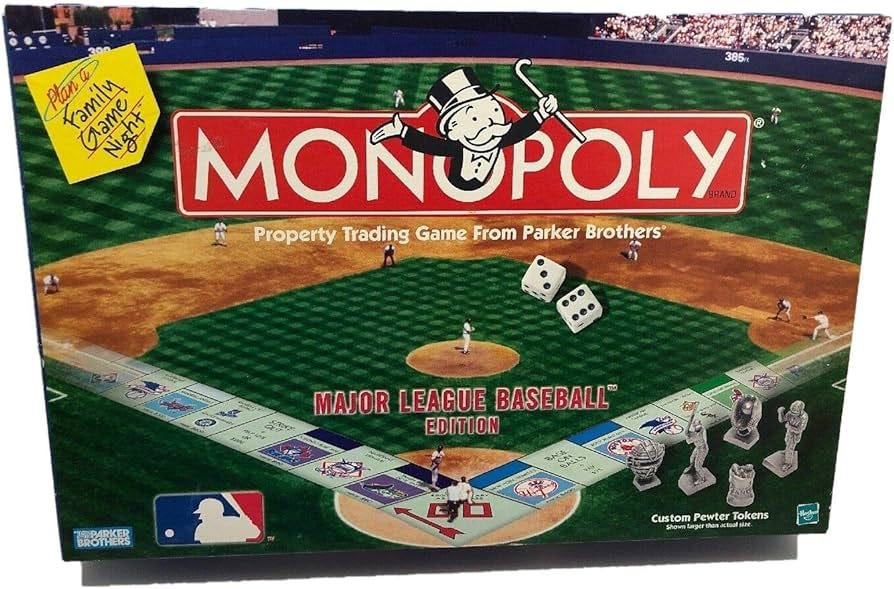
With developmental programs in the U.S. taking a downturn because of TikTok and YouTube-styled play, leagues are looking to fix the downstream movement.
Part of the problem is that advertisers (especially now with NIL) reward players with engagement/followers compared to accomplishments.
Don’t just listen to me, go do this:
- watch Rob Dillingham at Overtime Elite
- watch Rob Dillingham at Kentucky
He’s a completely different player (catering to eyeballs at OTE and team success at UK).
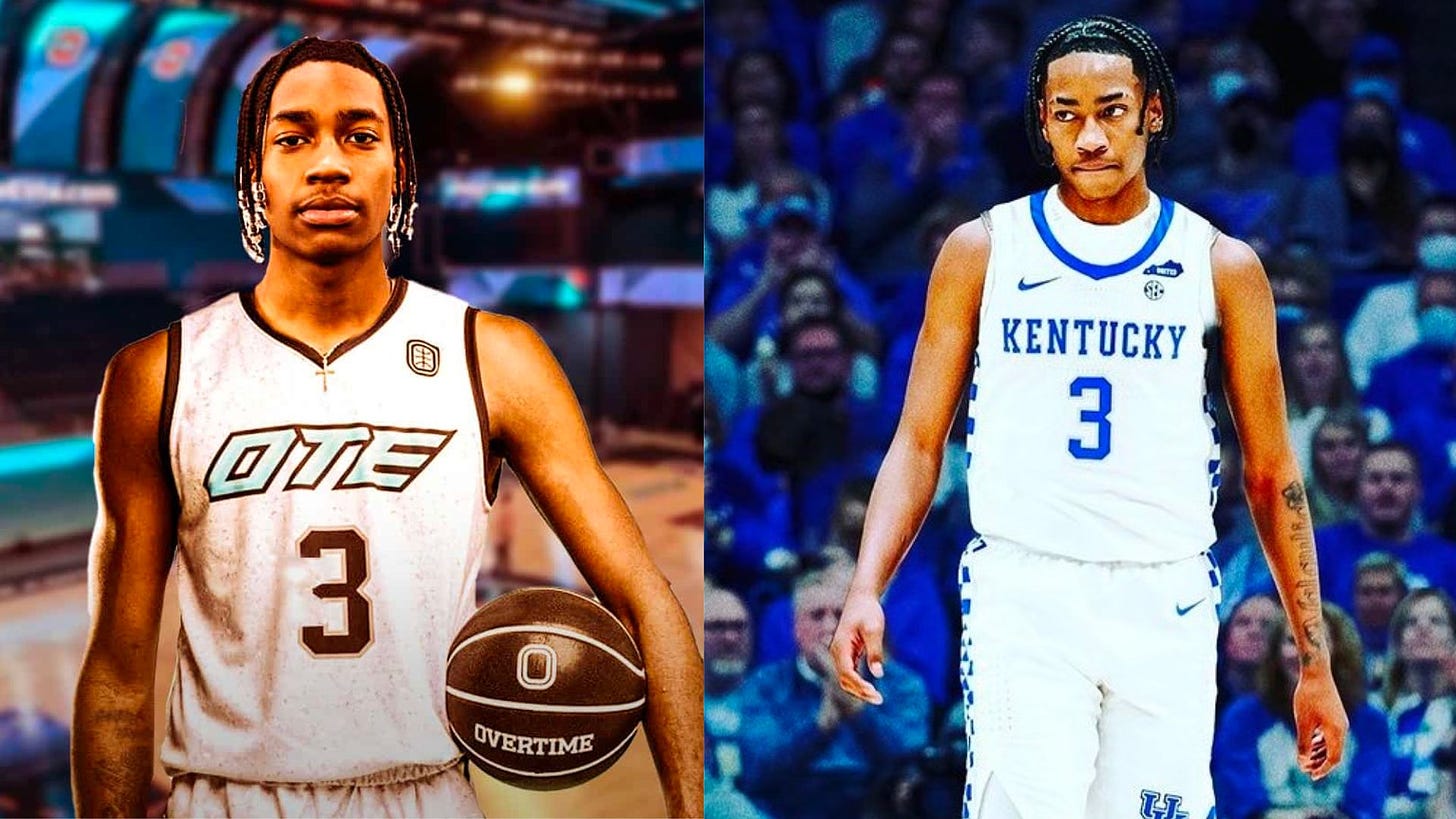
Closing out…
This post wasn’t just about basketball — it’s pretty applicable to most sports.
Traditional leagues aren’t happy with where their products are headed — and they’re looking to start making adjustments.
It begins with the development of athletes at younger ages (and potentially new structures).
